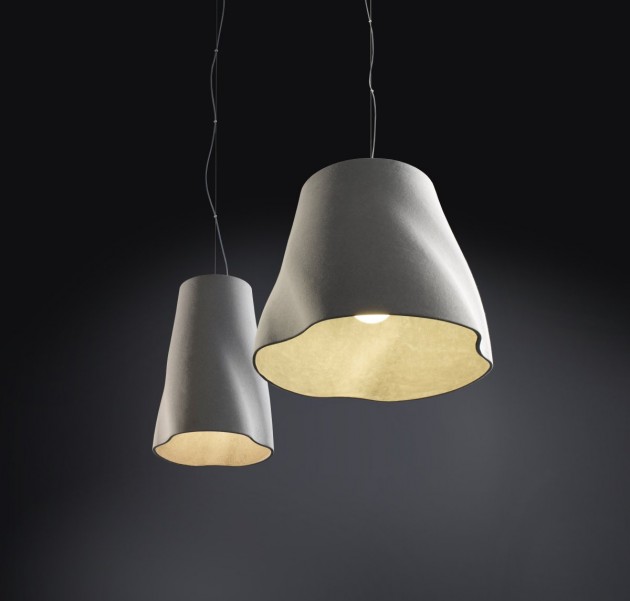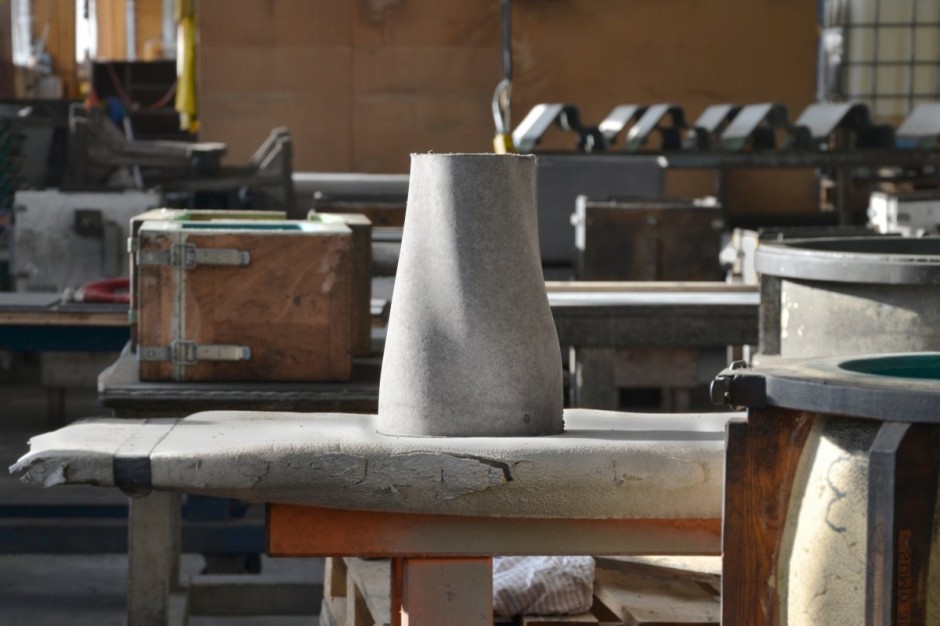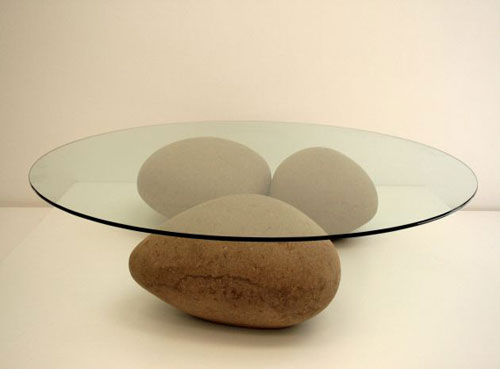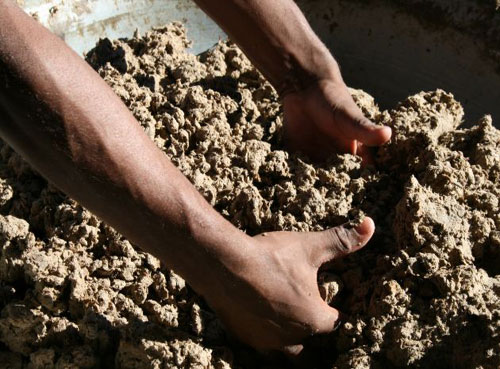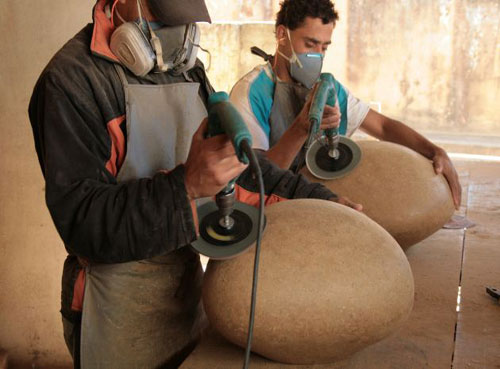 “Every project uncovers a new secret. It’s like a jigsaw puzzle," says Doris Cultraro, the stained glass artist that restored this Tiffany window panel that stood for years in a local Hudson Valley residence.
“Every project uncovers a new secret. It’s like a jigsaw puzzle," says Doris Cultraro, the stained glass artist that restored this Tiffany window panel that stood for years in a local Hudson Valley residence.
On assignment for Chronogram, I visited Doris' DC Studio a few weeks ago and was unexpectedly enamored by the kaleidoscopic magic of stained glass. With an exploration of color, texture, and opacity, along with a unique understanding and respect of the ancient glass art form, Doris has perfected the decorative art of fitting together the stained glass puzzle.
The walls of the DC Studio are lined with a gradated rainbow of colored glass and an assortment of recycled glass scraps that Doris mines from old windows and other broken glass sources.
While all of the pieces I saw were beautiful, the above window panel totally captivated me. The densely diverse colors that surround the woman create what Doris describes as a "marble cake" effect. The rippled, wavy lines of the dress evoke the textured drape of a fine fabric. From the face to the toes, the skin tone color is ethereal. You can really feel the movement of this piece as it catches the deep Hudson River light with a sparkle. It is truly a magnificent feast for the senses.
After experiencing Doris Cultraro's original stained glass art and restoration work, I will never look at a piece of broken glass in the same way.
Read the full article here.
Credit: DC Studio
